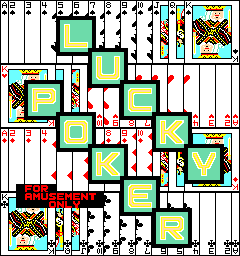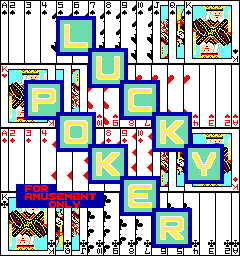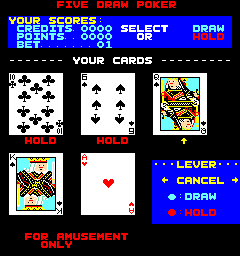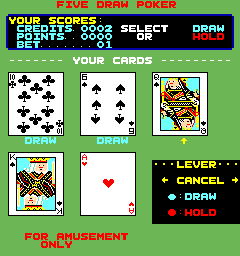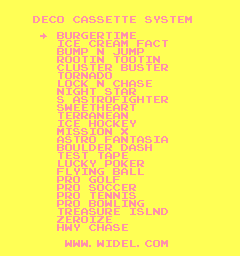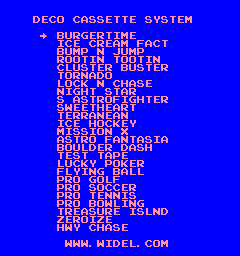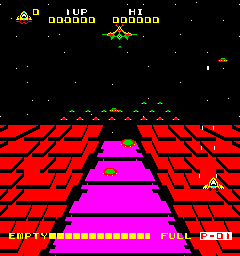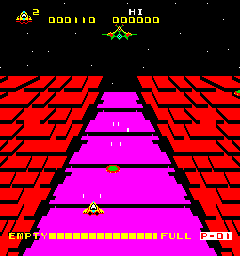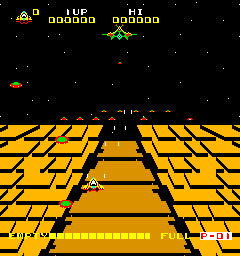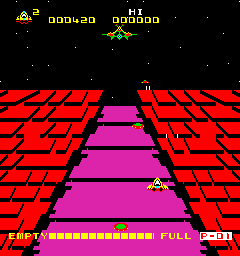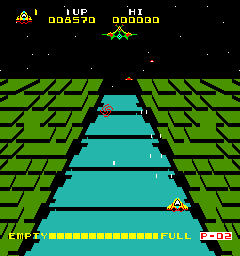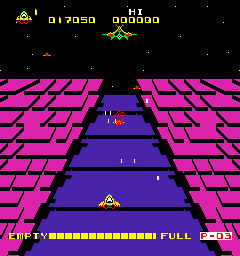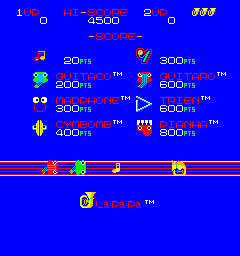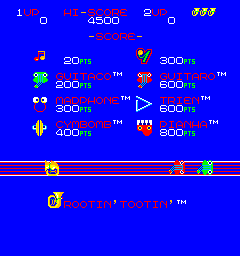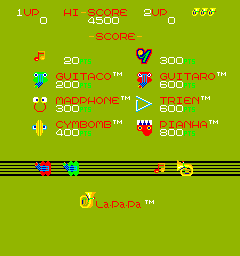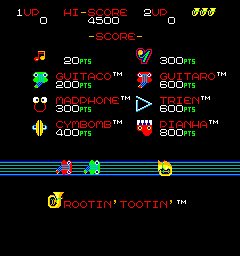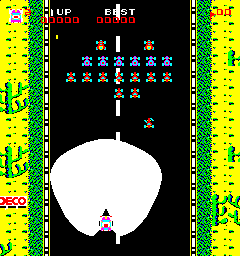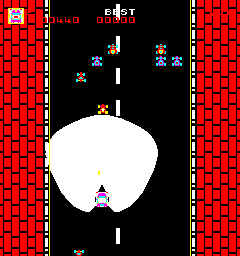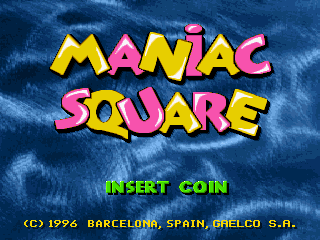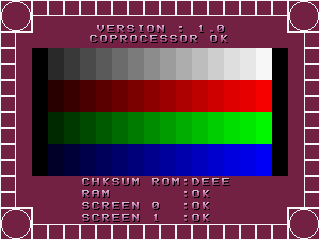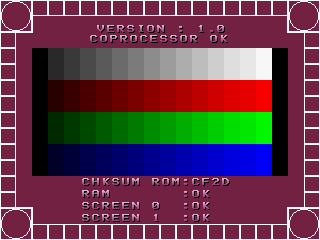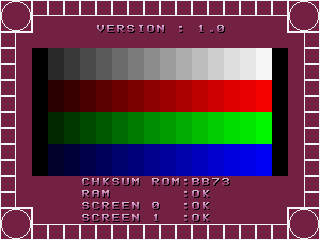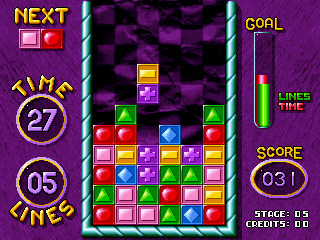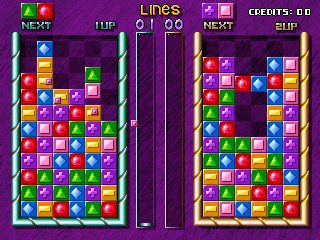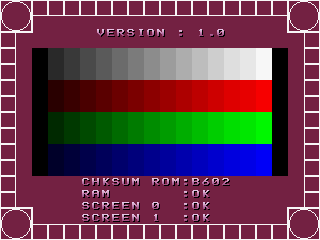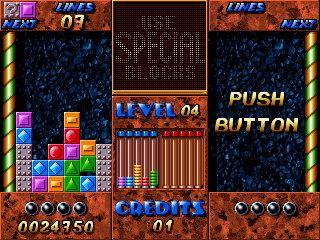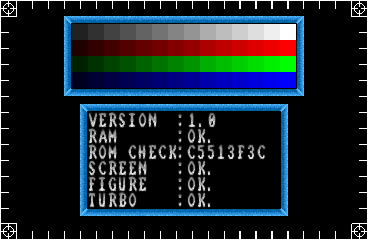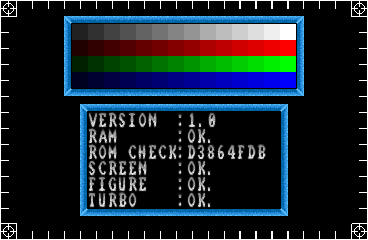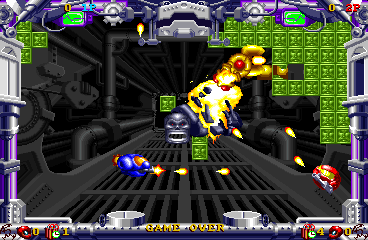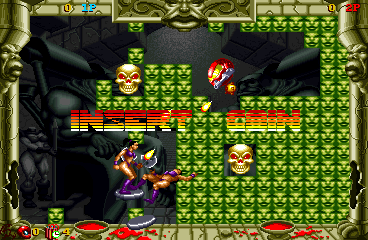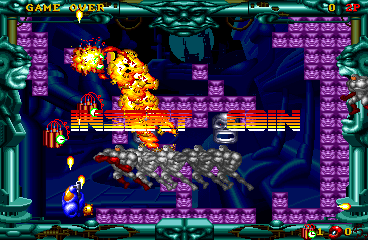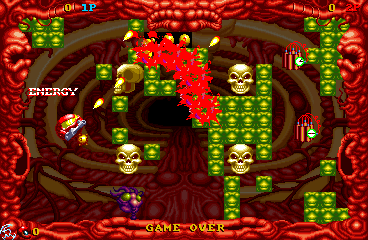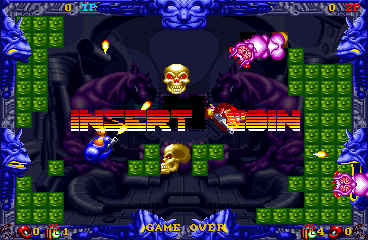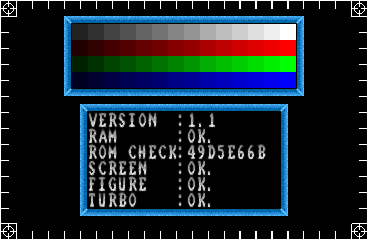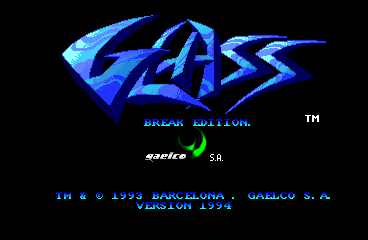The only thing Gaelco appear to make these days are electronic Darts games, therefore the gun shooting games they produced in the past are in some ways probably more connected (albeit still loosely) to the current product range.
One of the Gaelco gun shooting games developed in the 90s was Target Hits, a relatively simple collection of 3 different shooting challenges all involving hitting moving targets with precision. Target Hits is another one of those games that was protected with a DS5002FP so until now was unemulated.
Morten Shearman Kirkegaard and Peter Wilhelmsen did their magic to read out the SRAM content for the DS5002FP from 2 Target Hits boards, one donated by Brian Troha, and the other purchased, but very kindly picked up by Clawgrip as it was a full cabinet setup, pick-up only and we only required the PCB. This involved a drive from Madrid to Bilbao and back again so we’re very grateful for that as the game doesn’t actually show up too often. As a bonus, the romset on the PCB he picked up is clearly an undumped revision too, so even if the SRAM extraction had failed (which it didn’t) it would have been worthwhile anyway. That will be dumped in the coming days, it identifies as Version 1.1 like the parent set in MAME, but shows a different checksum.
The 2 boards allowed us to easily construct a good dump, the game is now playable. There are some questions over the gun hookup as the game tells you that you have to reload between shots, but doesn’t actually require you to do so. It’s possible the reload logic was part of the gun not the game, but I’m uncertain. Here are some screenshots. The visible area is also uncertain, I’ve decided to go with the area covered by the startup screen because while most of the background graphics are much wider, there are some stages that aren’t, and usually startup screens are designed for monitor calibration. The screenshots are with the smaller visible area.
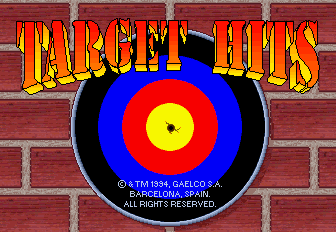
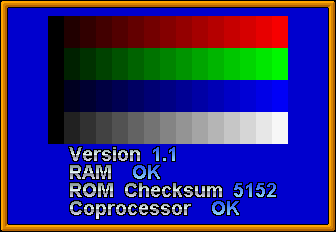

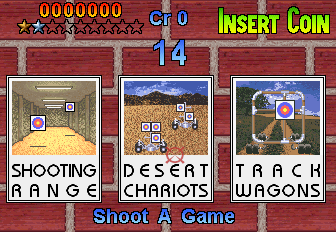
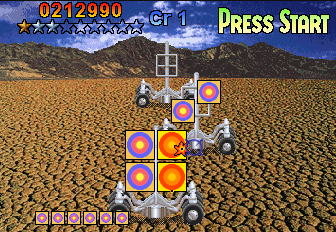
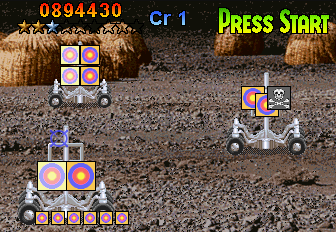

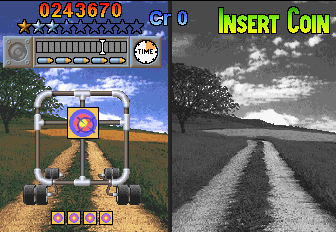
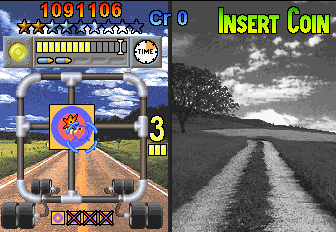
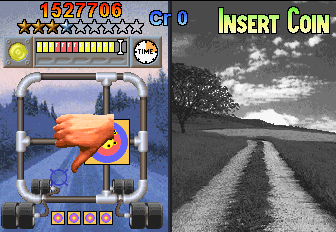
I’ve also made some videos, these were recorded before reducing the visible area.
*edit* the previously undumped set was dumped, so we now have 3 sets, 2 identifying as 1.1 but clearly different code, and a single set as identifying as 1.0. If you have a PCB for this game with a boot screen that differs from the 3 shown below please get it dumped.
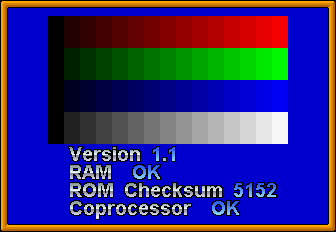
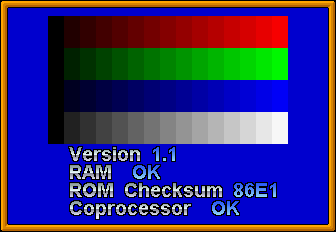
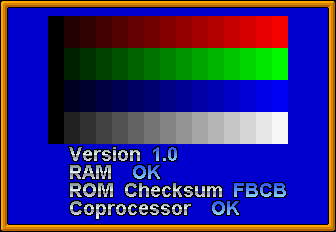
Two additional Touch and Go PCBs were also dumped because when that was originally dumped we didn’t know about the issue with some bytes not reading properly, it turns out our original read did infact have some errors, and those will be corrected shortly.
We’re still after working ‘Play 2000’ PCBs.
